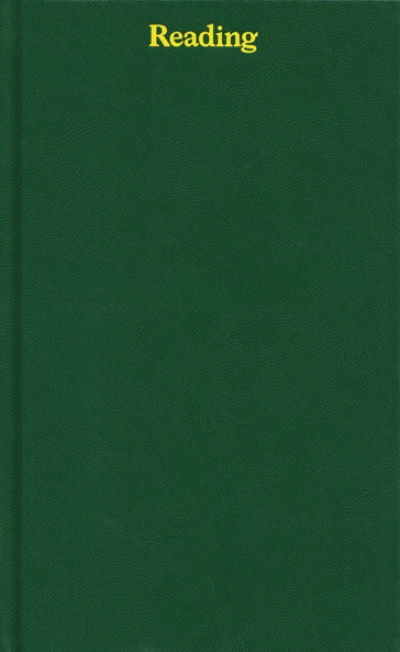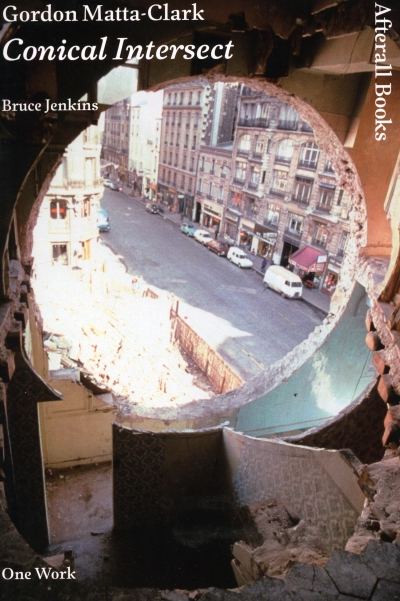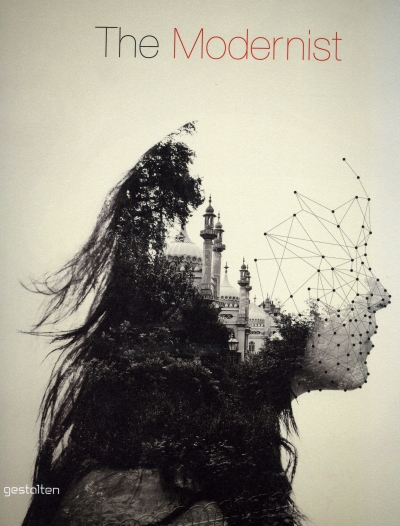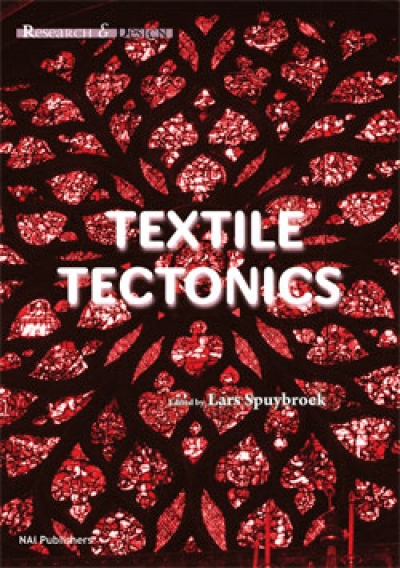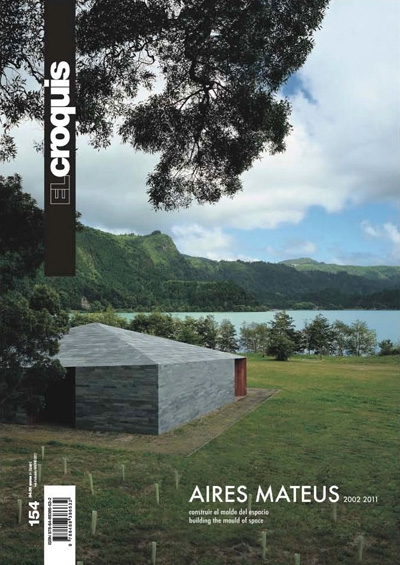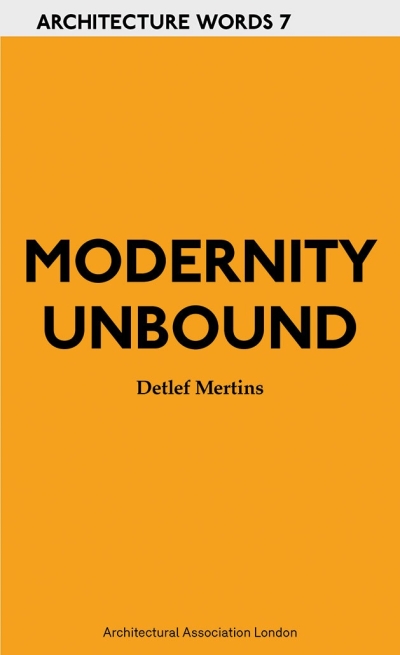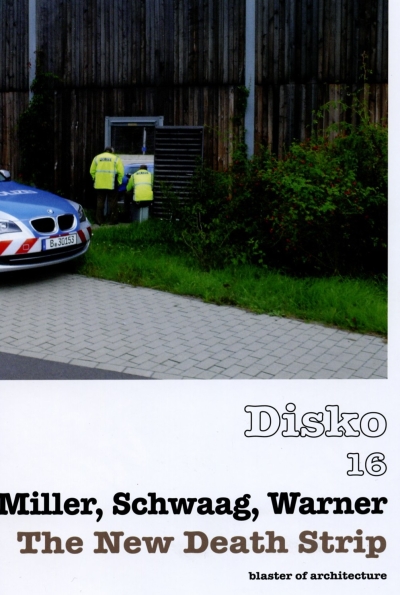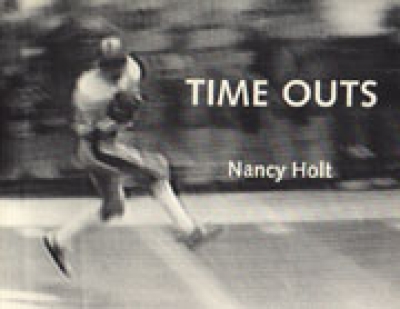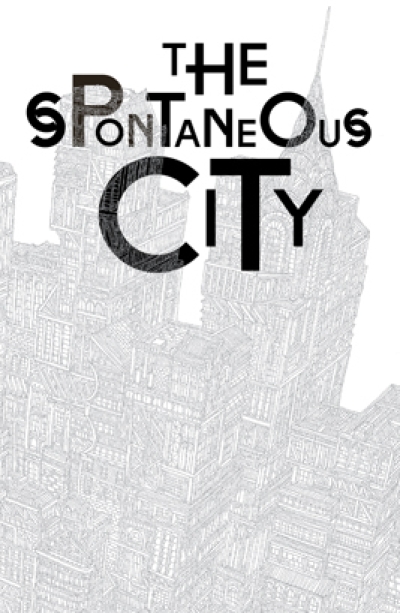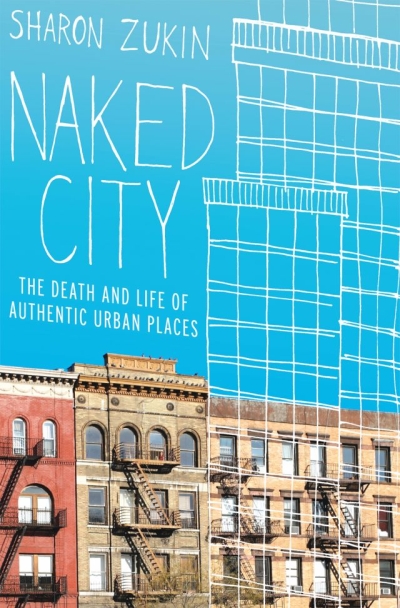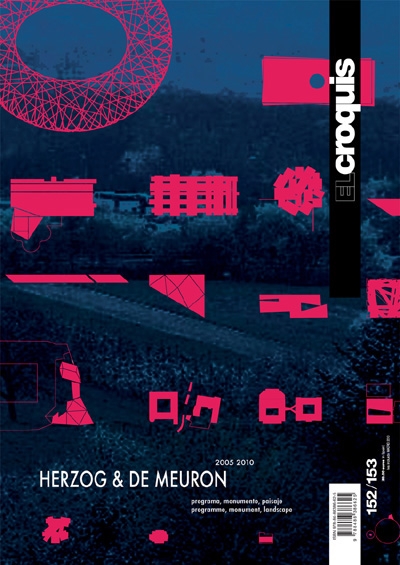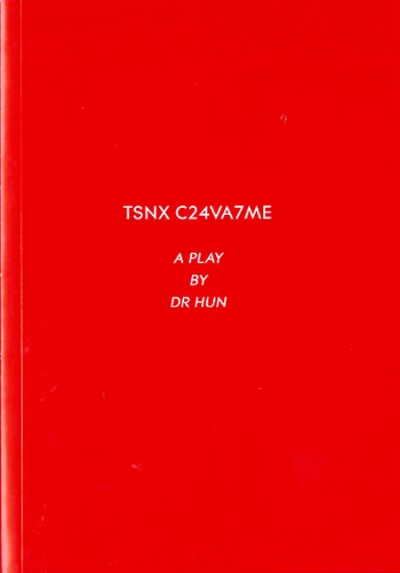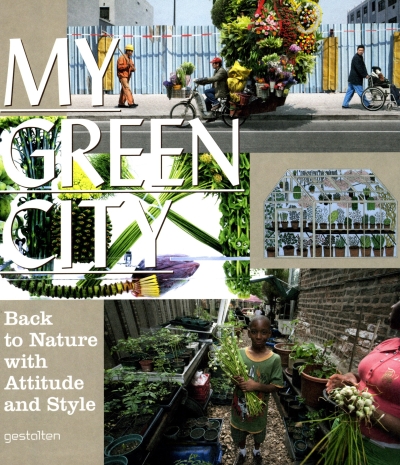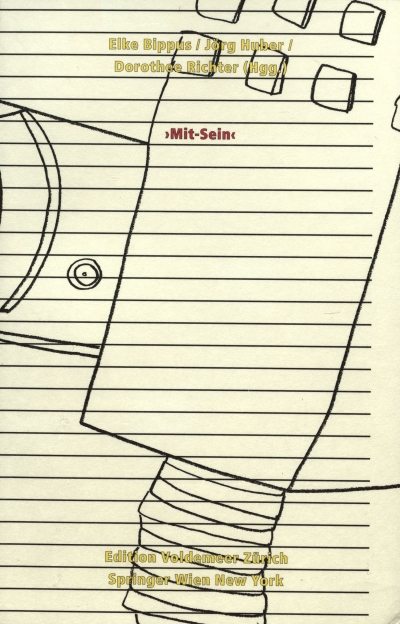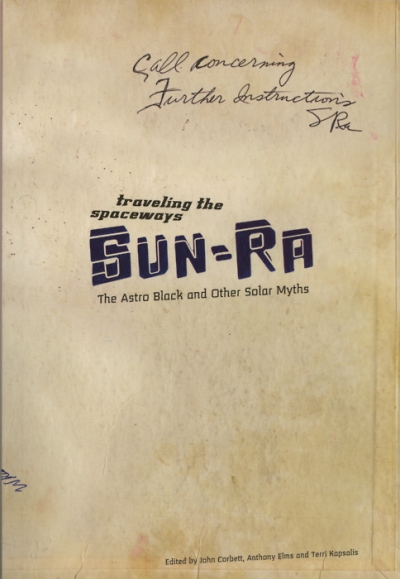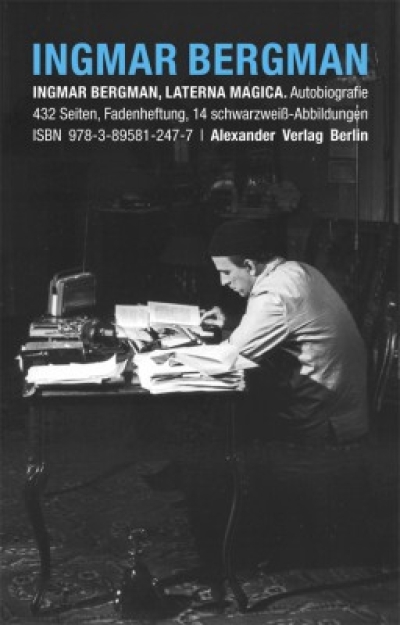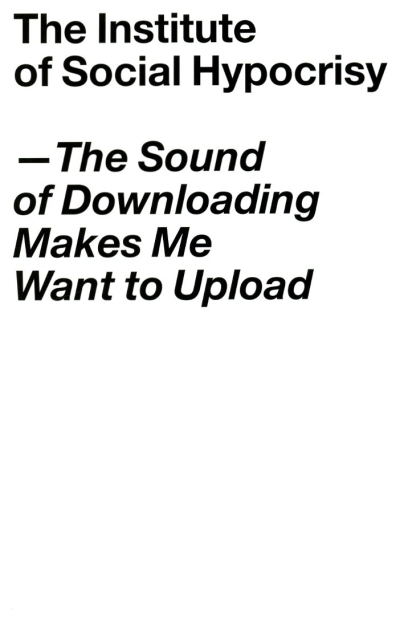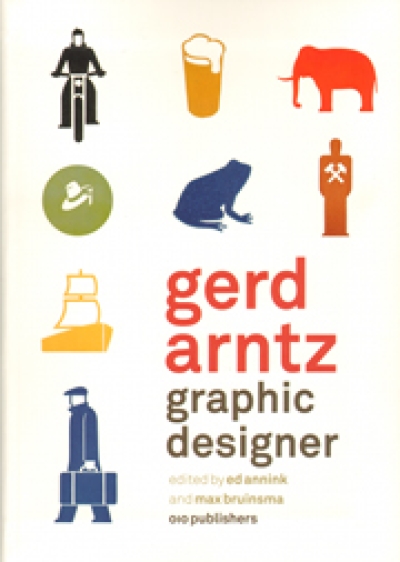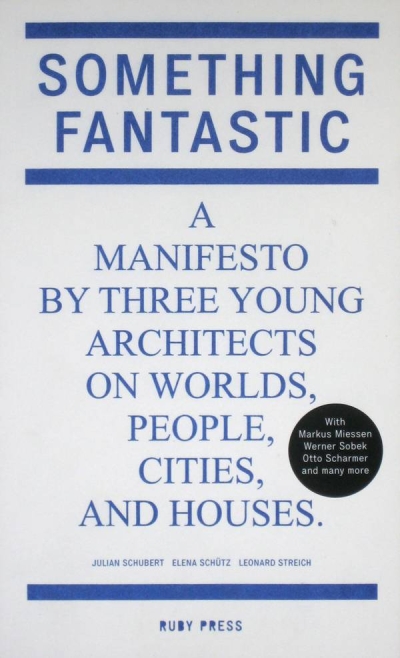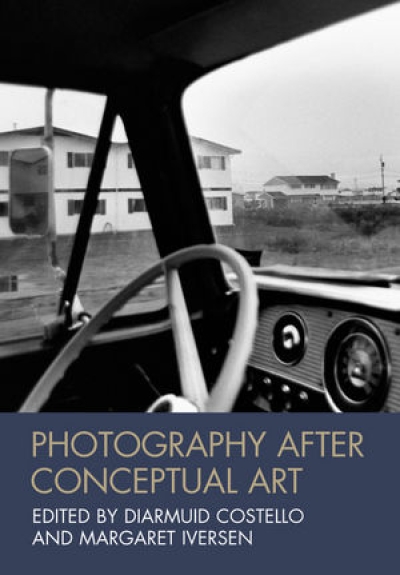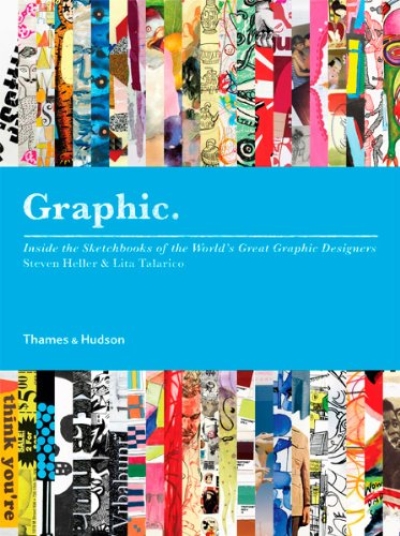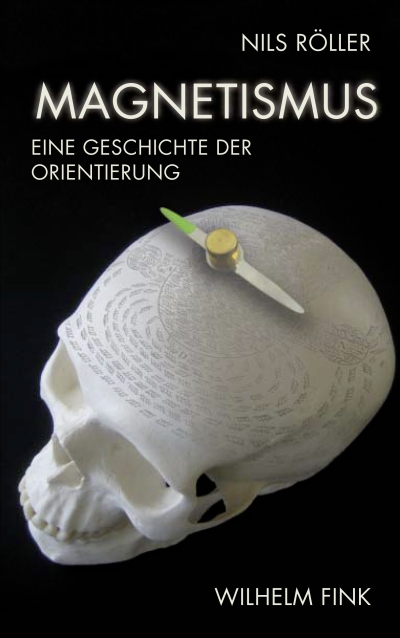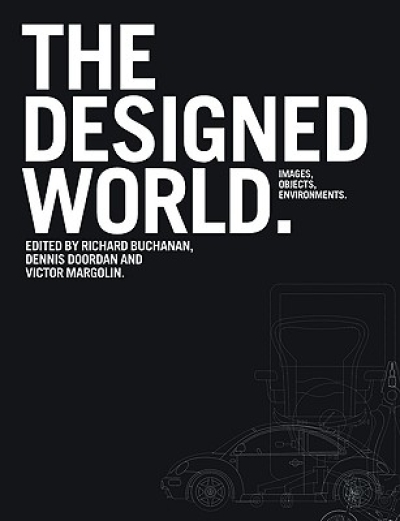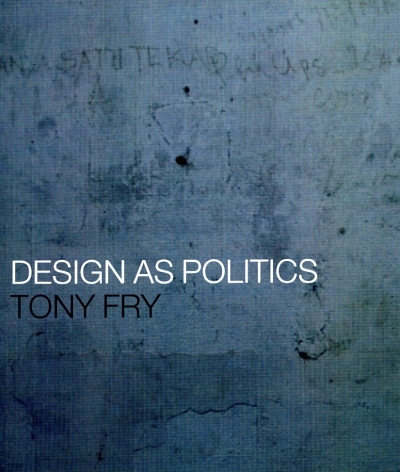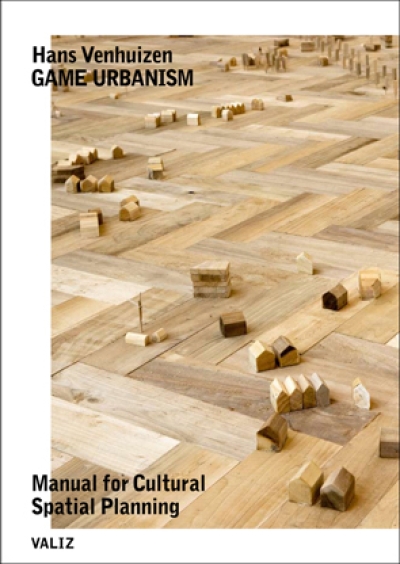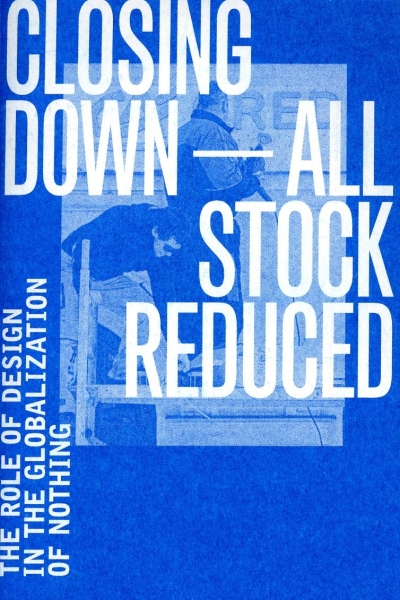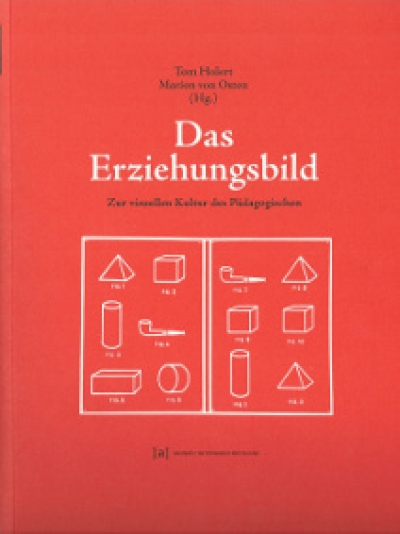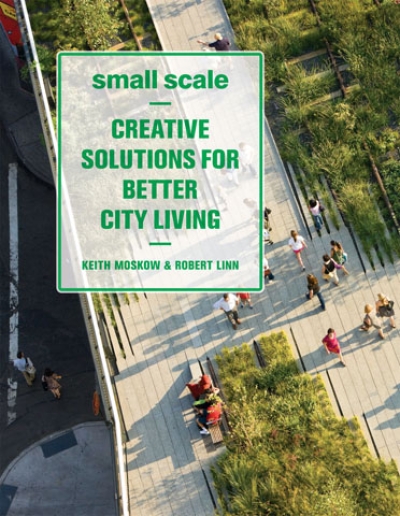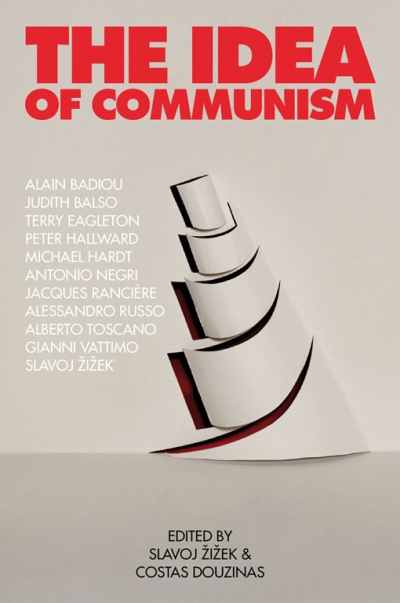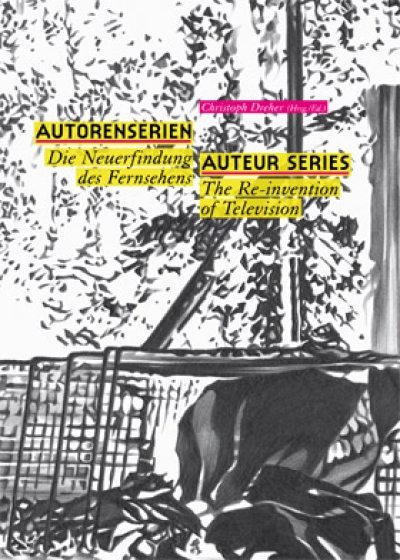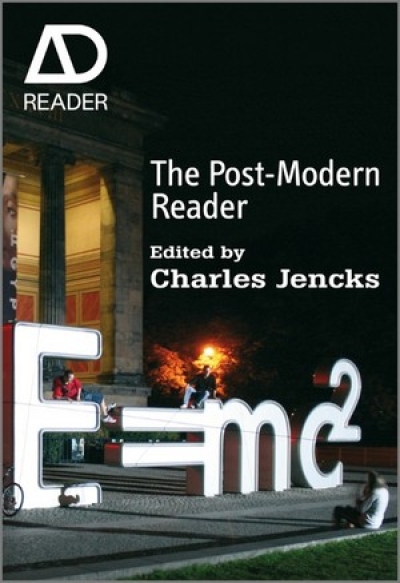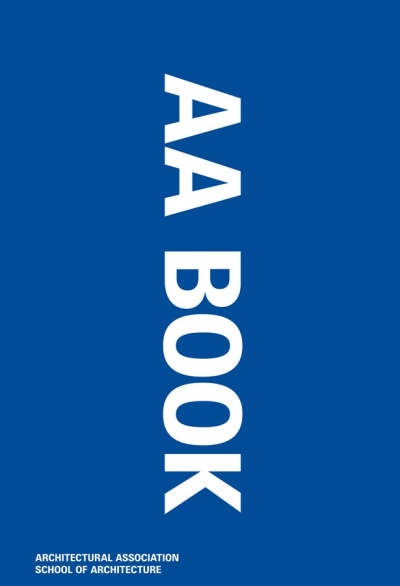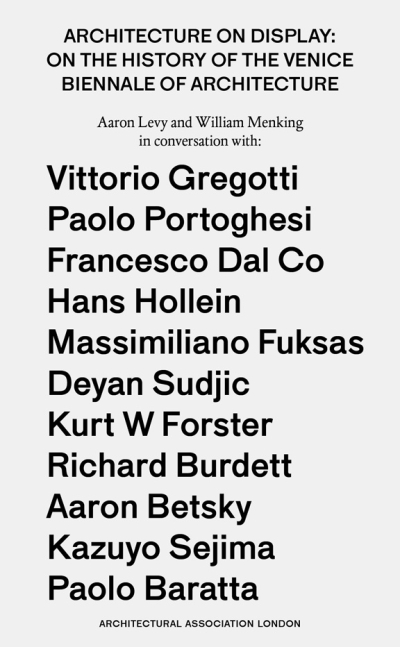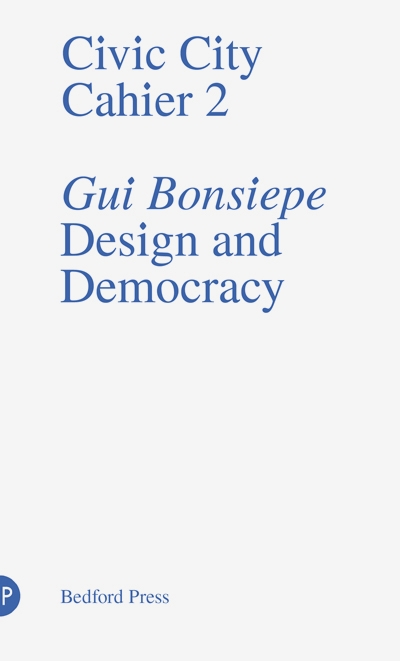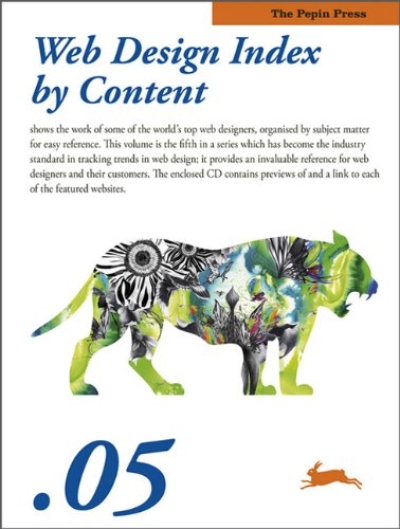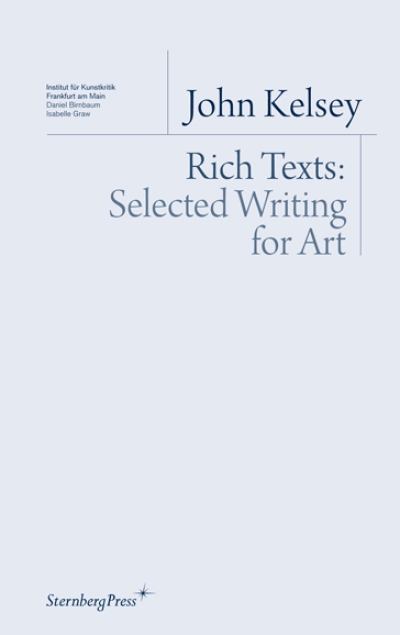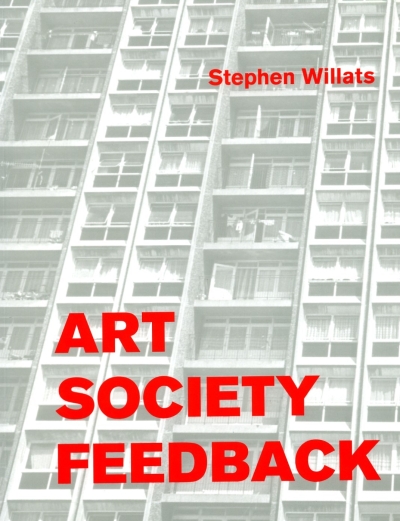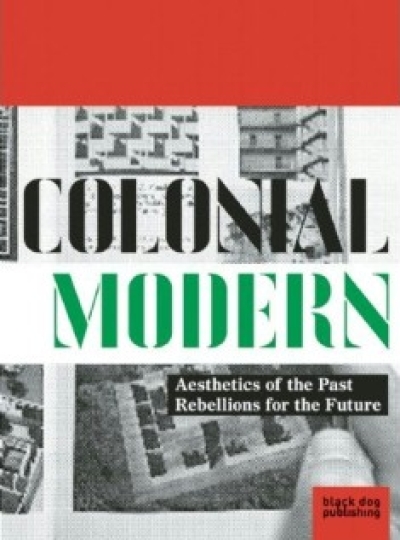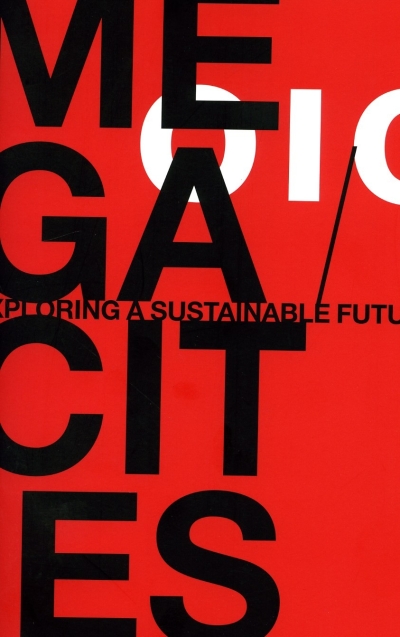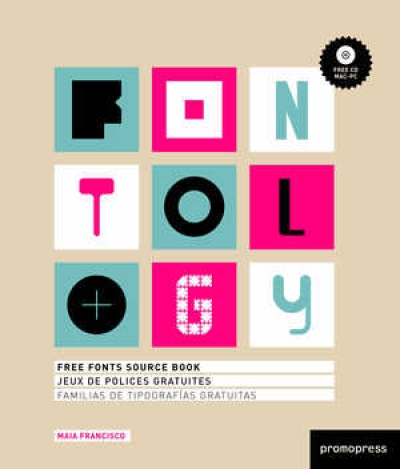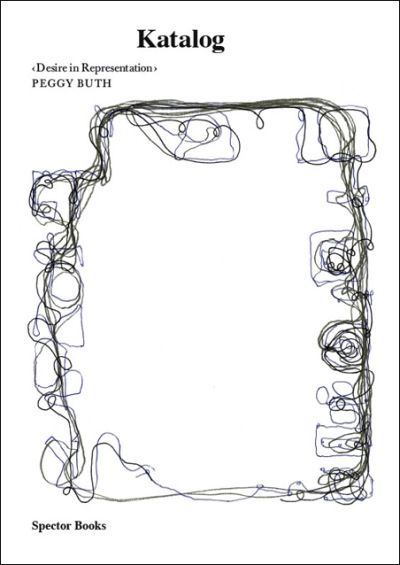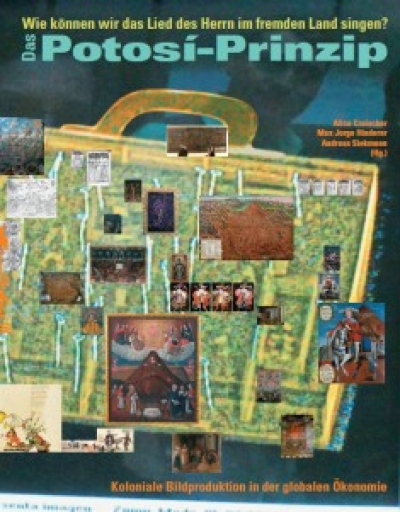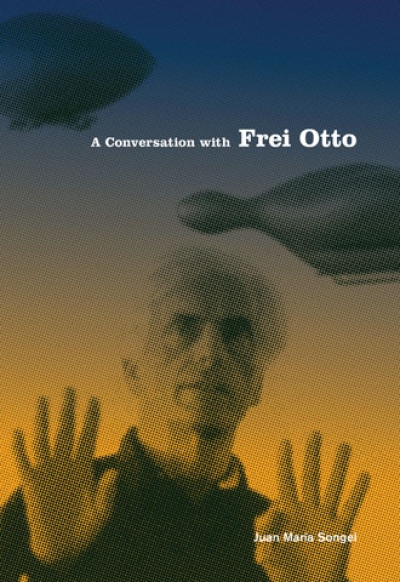Christopher Dell
Replaycity. Improvisation als urbane Praxis
Hans Dickel, Lisa Puyplat (Hg.)
Reading Susanne Kriemann
Byung-Chul Han
Shanzhai. Dekonstruktion auf Chinesisch
Kaoru Takahashi (Hg.)
Hello! UK Graphics. Graphic Design in the UK since the 1980s
Bruce Jenkins
Gordon Matta-Clark. Conical Intersect
Andreas Gelhard
Kritik der Kompetenz
Klanten, Hellige (Hg.)
The Modernist
Lars Spuybroek
Textile Tectonics. Research and Design
Josep Lluís Mateo
After Crisis. Contemporary Architectural Conditions
Louis Luthi
On the Self-reflexive Page
Jan Kempemaers
Spomenik
Vilém Flusser
Dinge und Undinge. Phänomenologische Skizzen
O.M. Ungers
Morphologie City Metaphors
Lisa Taylor & Gardeners of Seattle…
Your Farm in the City
Hassenpflug, Giersig, Stratmann
Reading the City. Stadt lesen
Butler, Habermas, Taylor, West
The Power of Religion in the Public Sphere
Richard Fairfield
The Modern Utopian. Alternative Communities of the 60s and…
Jochen Rädeker, Kirsten Dietz
Reporting. Unternehmenskommunikation als Imageträger
Lorey, Nigro, Raunig (Hg.)
Inventionen 1. Gemeinsam. Prekär. Potentia. Dis-/Konjunktion
Jimini Hignett
The Detroit Diary
Klanten, Mollard, Hübner (Hg.)
Behind the Zines. Self-Publishing Culture
Tom Holert
Civic City Cahier 3. Distributed Agency, Design’s…
El Croquis 154
Aires Mateus 2002-2011
Paul Van Beek, Charles Vermaas
Landscapology. Learning to Landscape the City
Jan Ole Arps
Frühschicht. Linke Fabrikintervention in den 70er Jahren
Detlef Mertins, Architecture Words 7
Modernity Unbound
Gunter Reski, Marcus Weber (Hg.)
Captain Pamphile. Ein Bildroman
Amy Allen (Hg.)
Democracy in What State?
D. Hauptmann, W. Neidich (Hg.)
Cognitive Architecture. From Biopolitics to NooPolitics
Stefan Sagmeister
Sagmeister: Another Book about Promotion and Sales Material
Enzo Mari
The Intellectual Work. Sixty Paperweights
Bettina Allamoda
Catwalk to History - A Sourcebook
Peter Petschek, Siegfried Gaß (Hg.)
Schatten konstruieren. Pergolen, Zelte, Pavillons, Seile,…
Will Jones (Hg.)
Architects' Sketchbooks
Arno Brandlhuber, Silvan Linden (Hg.)
Disko 16-19. u.a. The New Deathstrip, Townhouse
Martin Ebner, Florian Zeyfang (Hg.)
Poor Man’s Expression
El Croquis 151
Sou Fujimoto 2003-2010
Caleb Kelly (Hg.)
Sound (Documents of Contemporary Art)
Terry Myers (Hg.)
Painting (Documents of Contemporary Art)
Wilfried Dickhoff, Marcus Steinweg (Hg.)
Inaesthetics 2
Nancy Holt
Time Outs
Slinkachu
Big Bad City
Ed Annink, Max Bruinsma
Lovely Language. Words Divide Images Unite
Gwen Allen
Artists' Magazines. An Alternative Space for Art [pb]
Michaela Meise
Preis dem Todesüberwinder
C. Menke, J. Rebentisch (Hg.)
Kreation und Depression. Freiheit im gegenwärtigen…
Gregory Sholette
Dark Matter. Art and Politics in the Age of Enterprise…
Drawing Center (Hg.)
Iannis Xenakis. Architect, Composer, Visionary (Drawing…
Margit Rosen (Hg.)
A Little-Known Story about a Movement
Fundación Cisneros/Colección Patricia…
Tomás Maldonado in Conversation with María Amalia García
JA79
Junya Ishigami
Gert Urhahn
The Spontaneous City
Sharon Zukin
Naked City. The Death and Life of Authentic Urban Places
El Croquis 152/153
Herzog & de Meuron 2005-2010
Guy de Cointet
TSNX C24VA7ME A play by Dr Hun
Klanten, Ehmann, Bolhöfer (Hg.)
My Green City
Bippus, Huber, Richter (Hg.)
"Mit-Sein". Gemeinschaft – ontologische und…
Paul Virilio, Philippe Petit
Cyberwelt, die wissentlich schlimmste Politik
Corbett, Elms, Kapsalis (Hg.)
Traveling the Spaceways. Sun Ra, the Astro Black and other…
Ingmar Bergman
Laterna Magica. Mein Leben. Autobiographie
Chris Kraus
Where Art Belongs
The Institute of Social Hypocrisy
The Sound Of Downloading Makes Me Want To Upload
Ed Annink, Max Bruinsma (Hg.)
Gerd Arntz. Graphic Designer
Schubert, Schütz, Streich (Hg.)
Something Fantastic. A Manifesto by Three Young Architects…
Diarmuid Costello, Margaret Iversen (Hg…
Photography After Conceptual Art
Österreichische Gesellschaft für…
Umbau 25. Architektur im Ausverkauf. Architecture for Sale
Steven Heller, Lita Talarico
Graphic. Inside the Sketchbooks of the World's Great G…
Nils Röller
Magnetismus. Eine Geschichte der Orientierung
n+1 (Hg.)
What was the Hipster? A Sociological Investigation
Peter Hook
The Hacienda. How Not to Run a Club
Buchanan, Doordan, Margolin (Hg.)
The Designed World. Images, Objects, Environments
Tony Fry
Design as Politics
Hans Venhuizen
Game Urbanism. Manual for Cultural Spatial Planning
Gary Indiana
Last Seen Entering the Biltmore. Plays, Short Fiction,…
Amos Vogel
Film as a Subversive Art
Iris Holtkamp, Jan-Eric Stephan
Closing Down — All Stock Reduced — The Role of Design in…
Tom Holert, Marion von Osten (Hg.)
Das Erziehungsbild. Die visuelle Kultur des Pädagogischen
Beatriz Colomina, Craig Buckley (Hg.)
Clip, Stamp, Fold. The Radical Architecture of Little…
Giovanna Borasi (Hg.)
Journeys. How Travelling Fruit, Ideas and Buildings…
Keith Moskow, Robert Linn
Small Scale. Creative Solutions for Better City Living
Slavoj Zizek, Costas Douzinas (Hg.)
The Idea of Communism
Christian Hundertmark (C100)
The Art Of Rebellion 3. The Book about Streetart
Christoph Dreher (Hg.)
Autorenserien. Die Neuerfindung des Fernsehens
Charles Jencks (Hg.)
The Post-Modern Reader (AD Reader)
AA School of Architecture
AA Book. Projects Review 2010
Bill Moggridge
Designing Media
Aaron Levy, William Menking (Hg.)
Architecture on Display. On the History of the Venice…
Gui Bonsiepe
Civic City Cahier 2. Design and Democracy
Pepin Press (Hg.)
Web Design Index by Content 5
John Kelsey
Rich Texts. Selected Writing for Art
Kitayama, Tsukamoto, Nishizawa
Tokyo Metabolizing
Stephen Willats
Art Society Feedback
Avermaete, Karakayali, Von Osten (Hg.)
Colonial Modern. Aesthetics of the Past, Rebellions for the…
St. Buijs, W. Tan, D. Tunas (Hg.)
Megacities. Exploring a sustainable Future
Maia Francisco
Fontology. Free Fonts Source Book
Peggy Buth
Katalog. Desire in Represention
Creischer, Hinderer, Siekmann (Hg.)
Das Potosí-Prinzip
Juan Maria Songel
A Conversation with Frei Otto


